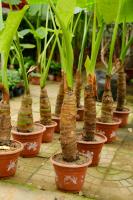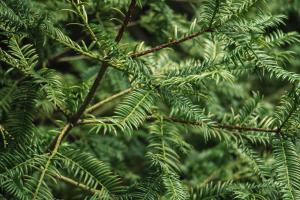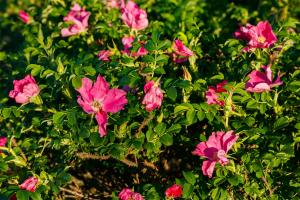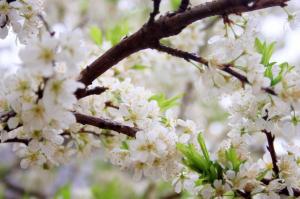When to Plant Honeysuckle
Honeysuckle is a beautiful twining vine that produces fragrant blooms in hues of pink, white, and yellow. If you want to add honeysuckle to your garden or landscape, the first step is to determine when to plant this lovely vine. In this article, we鈥檒l discuss the best time to plant honeysuckle, how to care for it, and some common problems you may encounter.
The Best Time to Plant Honeysuckle
The best time to plant honeysuckle is in the spring or early fall. This is because the soil is moist from the winter snow or rain, and the weather is mild. If you plant your honeysuckle in the spring, make sure to do it early enough so that it has time to establish itself before the hot summer weather arrives. Fall is also an excellent time to plant honeysuckle because the cooler temperatures allow the roots to establish themselves.
How to Plant Honeysuckle
The first step in planting honeysuckle is to choose a sunny location with well-drained soil. The soil should also be rich in organic matter. Dig a hole that's slightly larger than the root ball of your honeysuckle plant. Make sure the hole is deep enough so that the top of the root ball is level with the ground. Then, mix a good quality compost into the soil you removed from the hole.
Care and Maintenance of Honeysuckle
In general, honeysuckle is a low maintenance vine. Once it's established, it needs very little attention. However, there are a few things you can do to ensure your honeysuckle thrives. Water your honeysuckle deeply once a week during the growing season, especially during hot, dry weather. Mulch around the base to help retain moisture and suppress weeds. In the spring, apply a slow-release fertilizer to encourage healthy growth.
Possible Problems
Honeysuckle is generally a hardy plant, but there are a few common problems you may encounter. One such problem is powdery mildew, which can cause a white, powdery substance to form on the leaves. To avoid this, make sure to plant honeysuckle in a location with good air circulation, and avoid overhead watering. Another issue is aphids, which are small insects that suck the sap from the plant. To get rid of these pests, you can spray the plant with a strong stream of water or use a commercial insecticide.
Conclusion
Honeysuckle is a beautiful and fragrant vine that's easy to grow and care for. The best time to plant honeysuckle is in the spring or early fall, and it needs a sunny location with well-drained soil. Once established, honeysuckle needs very little maintenance, but you should water it deeply once a week and apply a slow-release fertilizer in the spring. Common problems that you may encounter include powdery mildew and aphids, but these can be avoided or treated with proper care.

 how many times do yo...
how many times do yo... how many planted tre...
how many planted tre... how many pine trees ...
how many pine trees ... how many pecan trees...
how many pecan trees... how many plants comp...
how many plants comp... how many plants can ...
how many plants can ... how many plants and ...
how many plants and ... how many pepper plan...
how many pepper plan...































